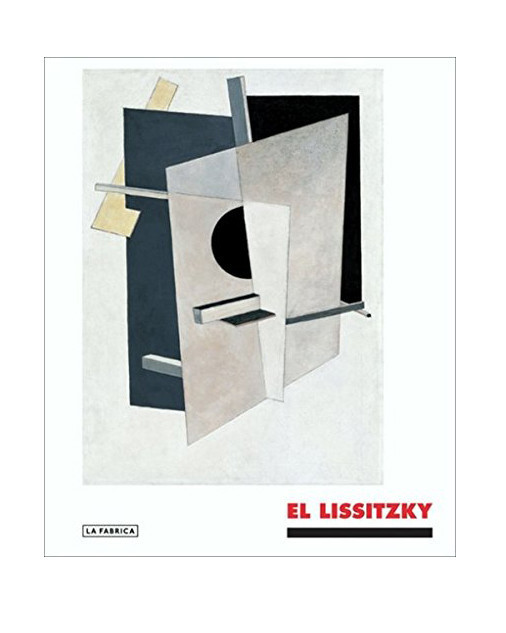Authors: Isabel Tejeda, Valery Dymshits, Victor Margolin
Editor: Oliva Maria Rubio
The epitome of the modernist engineer-architect-artist, El Lissitzky is one of the most influential and genuinely experimental artists of the early twentieth century. Equally prolific as a painter, designer, architect and photographer, he connected countries and cultures as a leading ambassador between the Soviet and European avant-gardes of the 1920s, promoting Suprematist and Constructivist art in the West and European abstract movements in Russia. For El Lissitzky, art was conceived not as a personal expression and production of objects, but rather as a collective and social activity. Working with Malevich, he developed the new visual language of Suprematism, which he applied not only to painting, but also to print and book works, architectural and theater projects, ceramics, educational theory and propaganda. Fusing this array of media, his three-dimensional work "Proun Room" used the actual space of a room to merge painting, sculptural installation and architecture; similarly, with his students he adorned the trams and buildings of Vitebsk with Suprematist triangles and squares, and used his "Proun" motifs to design costumes and machinery for the stage (most famously for the 1920 Futurist opera, Victory over the Sun). This volume provides a comprehensive view of Lissitzky’s influential career.
Eliezer (Lazar) Markovich Lissitzky, El Lissitzky (1890–1941) was one of the most experimental and controversial artists to work with the Russian and European avant-garde during the early twentieth century. After 1917, during the first communist period, El Lissitzky served as a cultural ambassador, promoting Russian art and Soviet ideas in the West. Later he worked as a propagandist for the Stalinist regime during the 1930s. He died of tuberculosis in 1941.
Overview from: www.amazon.com/El-Lissitzky-Experience-Isabel-Tejeda/dp/841569153X
ISBN-10: 841569153X
ISBN-13: 978-8415691532
